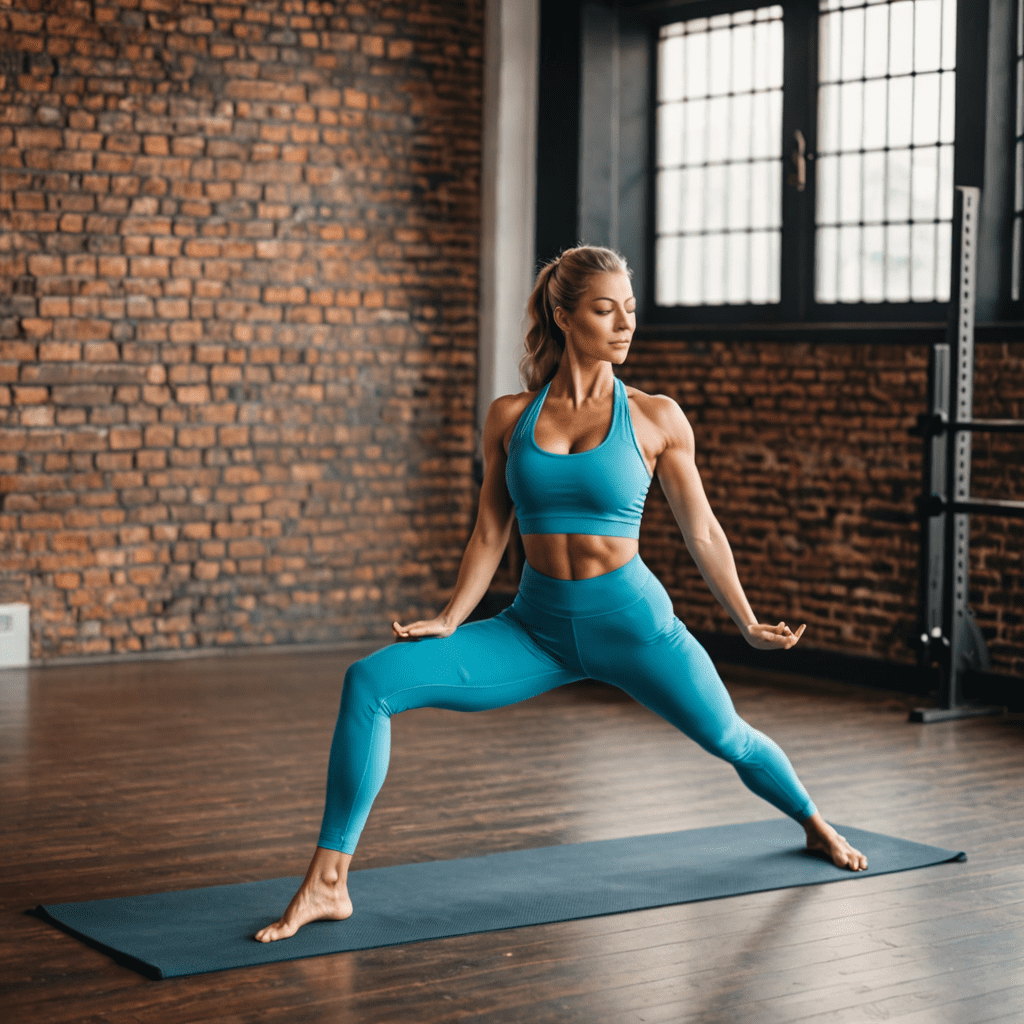
Mastering the Art of Core Bracing for Squats in Your Fitness Routine
Why Core Bracing is Essential for Squats
Understanding the importance of core bracing is crucial when it comes to performing squats. In order to maintain proper form and maximize the benefits of this powerful exercise, it is essential to brace your core effectively.
The Basics of Core Bracing
Core bracing involves engaging the deep abdominal muscles, as well as the muscles of the lower back, pelvis, and hips, to create a stable and supportive base for your squats. By doing so, you can protect your spine, improve your balance, and enhance the strength and power of your squatting motion.
1. Activate Your Transverse Abdominis
The transverse abdominis is a deep muscle that wraps around your midsection like a corset. By gently pulling your belly button towards your spine, you can engage this muscle and create a strong foundation for your squats.
2. Maintain Proper Posture
Keeping a neutral spine and upright posture is crucial for effective core bracing. Ensure that your shoulders are pulled back, your chest is lifted, and your head is aligned with your spine throughout the squatting motion.
3. Breathe and Brace
As you prepare to squat, take a deep breath in and then exhale forcefully, contracting your core muscles as you do so. This abdominal bracing technique helps to stabilize your spine and increase intra-abdominal pressure, providing additional support for your squats.
4. Engage Your Glutes
The gluteal muscles play a significant role in squatting. By actively squeezing your glutes during the exercise, you can further reinforce your core bracing and enhance your squatting performance.
5. Practice Proper Technique
Executing squats with correct form is essential for effective core bracing. Make sure your knees are aligned with your toes, your weight is evenly distributed across your feet, and you are using a full range of motion during each repetition.
6. Gradually Increase Intensity
Building a strong and stable core takes time and consistency. Start with lighter weights and gradually increase the intensity as your core strength improves. This approach will help you avoid injury and allow your muscles to adapt gradually.
FAQ – Frequently Asked Questions
Q: How often should I perform squats to strengthen my core?
A: It is generally recommended to include squats in your fitness routine at least two to three times per week, allowing for adequate rest and recovery between sessions.
Q: Can I still brace my core if I have a weak core?
A: Absolutely. Core bracing is an effective way to strengthen your core muscles over time. Start with modified versions of the exercise and gradually progress as your core becomes stronger.
Q: Are there any variations of squats that can help improve core bracing?
A: Yes, certain squat variations such as front squats and overhead squats can further challenge your core bracing technique and engage additional muscle groups.


